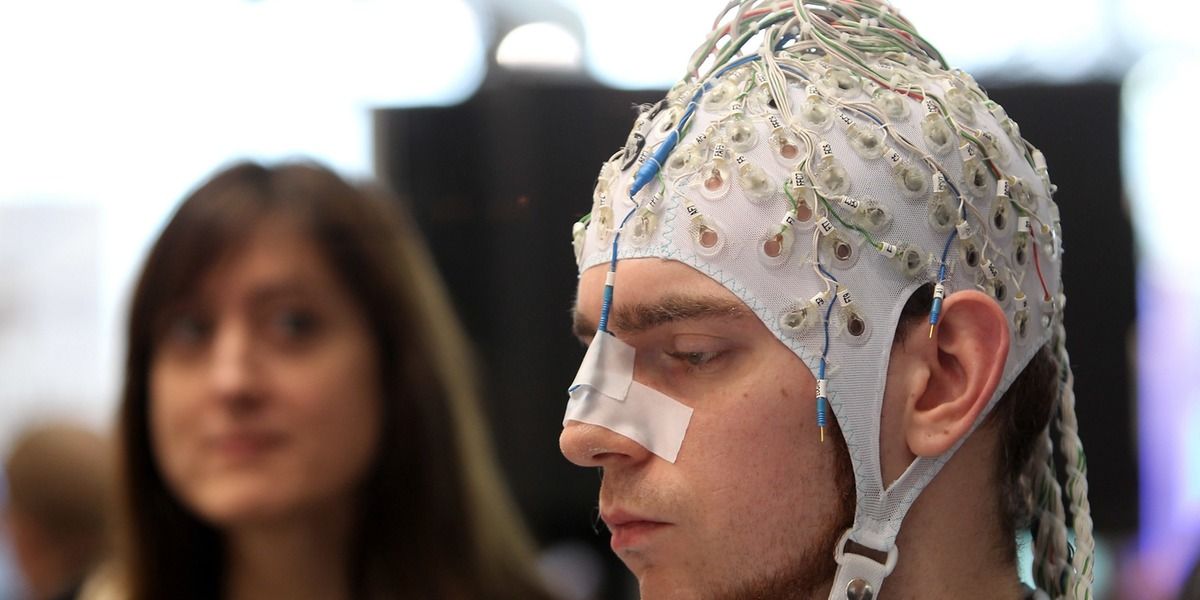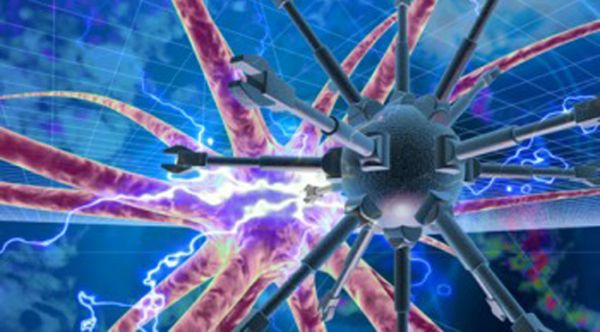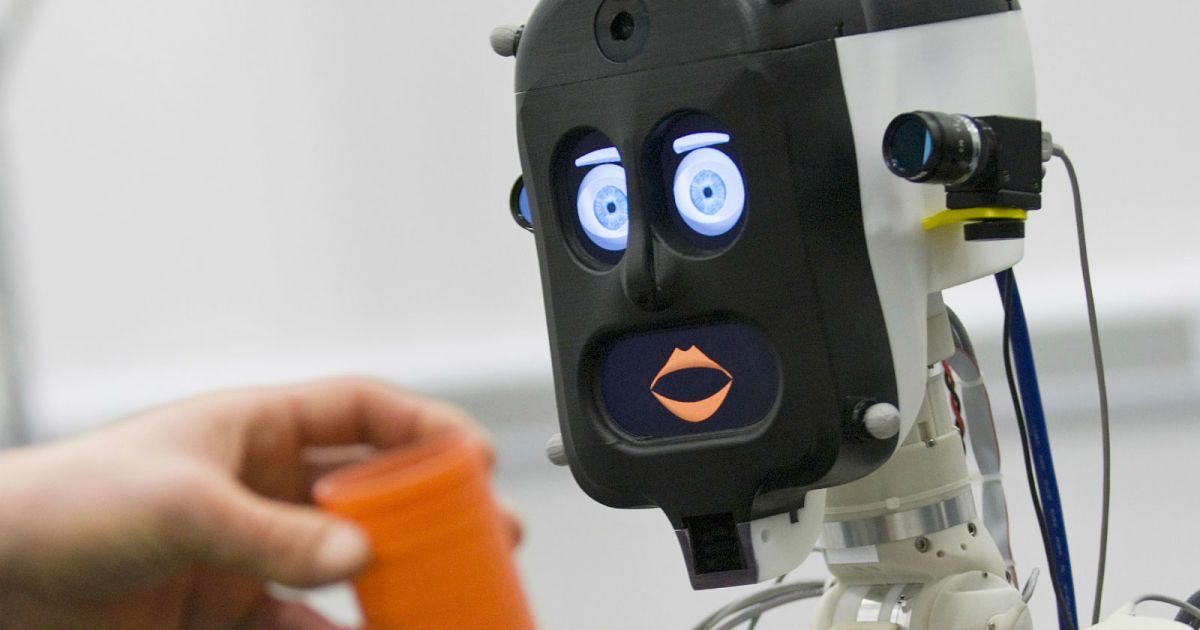Hmmmm.
The Pentagon’s Defense Advanced Research Projects Agency (DARPA) is working on a new generation of electronic warfare systems that are based on artificial intelligence (A.I.). If the program were to prove a success, the new A.I.-driven systems would provide the United States military a way to counter evermore-capable Russian and Chinese radars.
“One of our programs at DARPA is taking a whole new approach to this problem, this is an effort we refer to as cognitive electronic warfare,” DARPA director, Dr. Arati Prabhakar, told the House Armed Services Committee’s Subcommittee on Emerging Threats and Capabilities on February 24. “We’re using artificial intelligence to learn in real-time what the adversaries’ radar is doing and then on-the-fly create a new jamming profile. That whole process of sensing, learning and adapting is going on continually.”
Current generation aircraft—including the stealthy Lockheed Martin F-22 and F-35—have a preprogrammed databank of enemy radar signals and jamming profiles stored in a threat library. But if those warplanes encounter a signal that has not previously been encountered, the system registers the threat as unknown—which means the aircraft is vulnerable to that threat.








